Breaking Beta | Which Finger Strength Protocol is Best for Endurance?
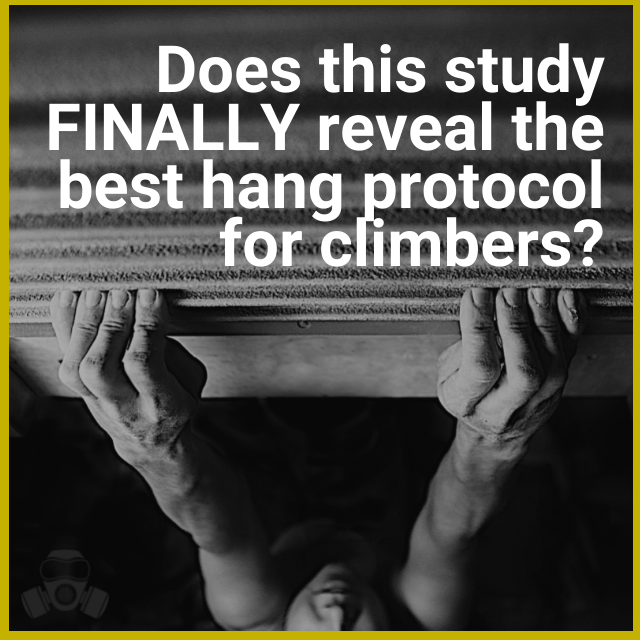
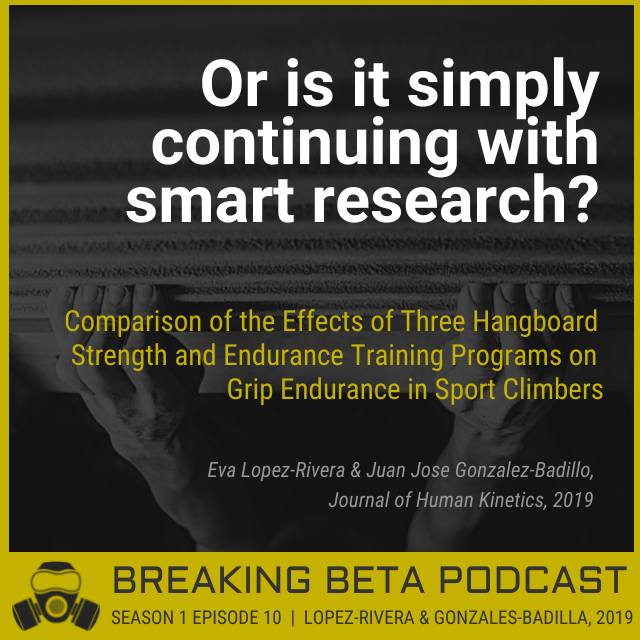
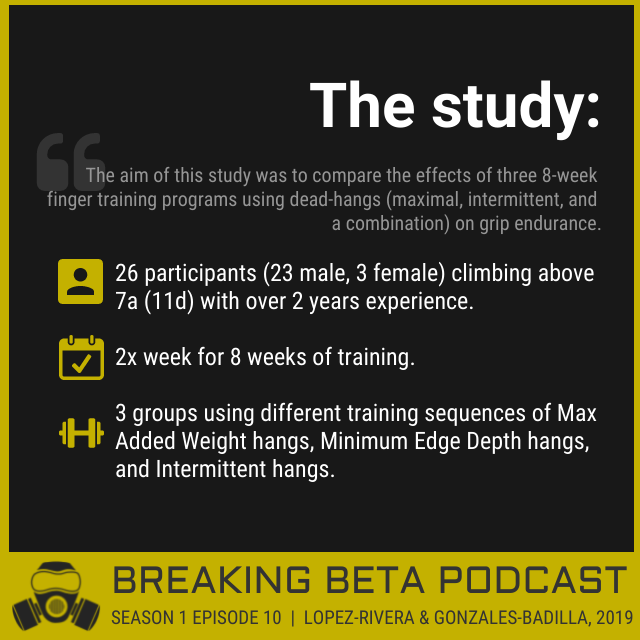
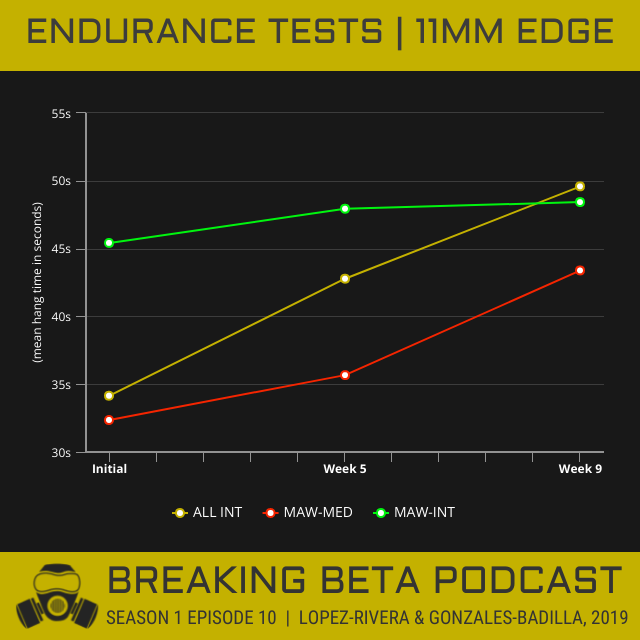
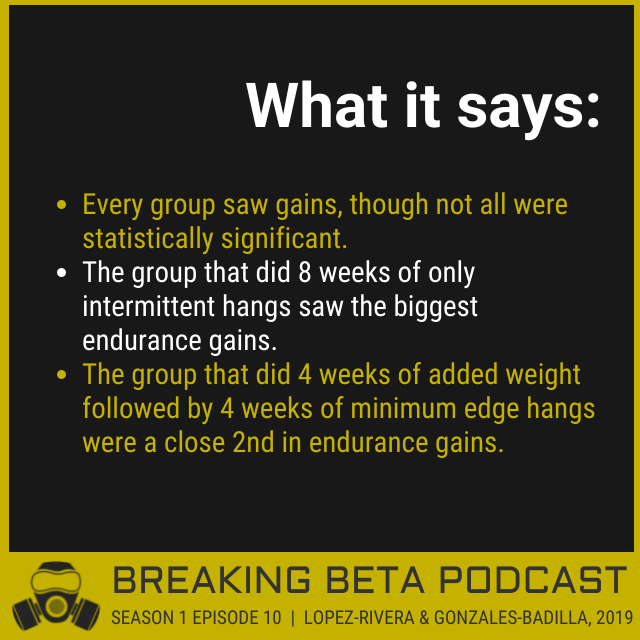
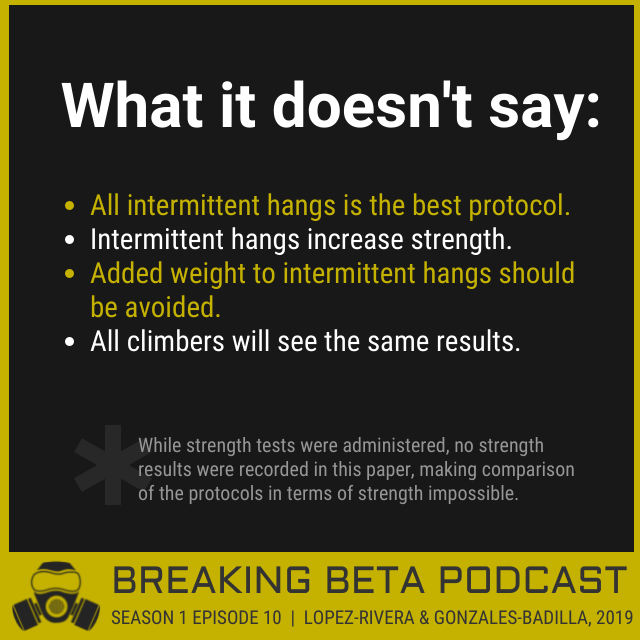
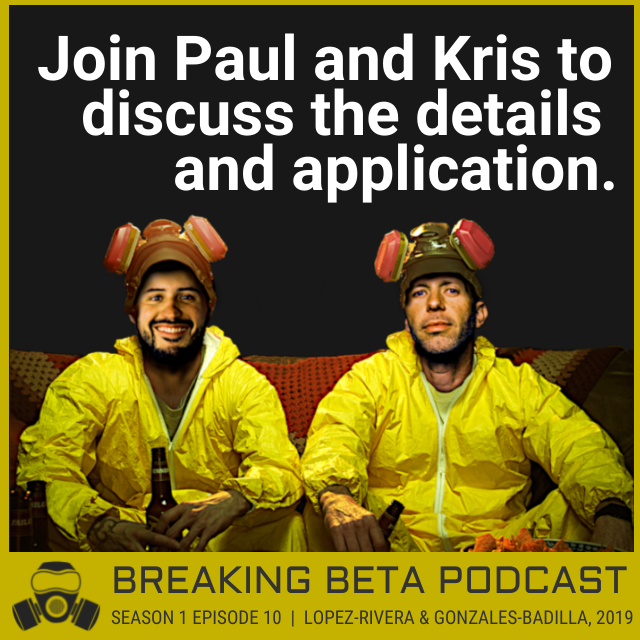
In this episode, Kris and Paul bring things full circle, ending the season with another hangboard study from Eva Lopez:
Comparison of the Effects of Three Hangboard Strength and Endurance Training Programs on Grip Endurance in Sport Climbers
authored by Eva Lopez Rivera and Juan Jose Gonzalez-Badillo; published in the Journal of Human Kinetics in 2019.
They’ll attempt, once more, to determine whether or not scientific evidence exists in favor of a single hangboard protocol being more effective than the rest. Tune in to find out if we have a clear winner in the ring between Max or Intermittent Hangs, or if Paul and Kris are destined to be discussing hangboard studies for many more seasons to come!
*Additional studies/resources mentioned in this episode:
From Episode 1: The Effects of Two Maximum Grip Strength Training Methods Using the Same Effort Duration and Different Edge Depth on Grip Endurance in Elite Climbers authored by Eva Lopez Rivera and Juan Jose Gonzales-Badillo; published in Sports Technology, 2012.
New episodes of Breaking Beta drop on Wednesdays. Make sure you’re subscribed, leave us a review, and share!
And please, just like in Episode 1, tell all of your ridiculous friends who still claim that they know the best hangboard protocol, that you have the perfect podcast for them.
Got a question? Comments? Want to suggest a paper to be discussed? Get in touch and let us know!
Breaking Beta is brought to you by Power Company Climbing and Crux Conditioning, and is a proud member of the Plug Tone Audio Collective. Find full episode transcripts, citations, and more at our website.
FULL EPISODE TRANSCRIPT:
Breaking Bad Audio Clip 00:05
I alone should suffer the consequences of those choices. No one else. And those consequences are coming. No more prolonging the inevitable.
Kris Hampton 00:17
Final episode of Season One.
Paul Corsaro 00:20
We did it.
Kris Hampton 00:21
We decided 10 episodes, we're doing 10 episodes. No more prolonging the inevitable. But we're ending it how we started it with Eva Lopez. And she, in this paper, is doing what we've talked about over the course of this season that we really like. You know, she's she's deep diving. She's got air tanks and flippers and goggles on, and just going deep into this finger strength rabbit hole. This time taking findings from her previous paper and comparing them further. I love it. I'm actually feeling a little bit nostalgic here already. How about you?
Paul Corsaro 01:01
Yeah, likewise. Time is a flat circle. We're back where it all began.
Kris Hampton 01:06
Yeah, man. I love it. This has been a lot of fun.
Paul Corsaro 01:10
Yeah.
Kris Hampton 01:11
All right, the paper today: "Comparison Of The Effects Of Three Hangboard Strength and Endurance Training Programs On Grip Endurance In Sport Climbers". Authors, Eva Lopez Rivera and Juan Jose Gonzalez-Badillo. The Journal of Human Kinetics 2019. And the aim of this study was to compare the effects of 3 eight-week finger training programs using dead hangs, a maximal, intermittent, and a combination of the two, on grip endurance. I love it, man. I love the deep dive. I love it when science works how it's supposed to.
Breaking Bad Audio Clip 01:48
Yeah, science!
Paul Corsaro 01:49
Yeah. And as we go through it, you know, there's going to be a lot of similarities between the two papers, you know, the Episode One paper and this. And it's a really good representation of how a lot of research is done, where they just tweak a few things, just tweak a few variables, keep tinkering, keep tinkering, but a lot of the bones are the same. So and it's cool to see the process, you know, and things move forward.
Kris Hampton 02:15
Yeah, damn it. This makes me happy. Alright, let's jump into this thing.
Breaking Bad Audio Clip 02:21
You clearly don't know who you're talking to, so let me clue you in.
Paul Corsaro 02:25
I'm Paul Corsaro.
Kris Hampton 02:27
I'm Kris Hampton.
Breaking Bad Audio Clip 02:28
Lucky two guys, but just guys, okay?
Paul Corsaro 02:32
And you're listening to Breaking Beta,
Kris Hampton 02:35
Where we explore and explain the science of climbing
Breaking Bad Audio Clip 02:38
With our skills, you'll earn more you ever would on your own.
Breaking Bad Audio Clip 02:43
We've got work to do. Are you ready?
Paul Corsaro 02:47
I am indeed. We're here. Are you ready?
Kris Hampton 02:50
I'm not ready for it to end necessarily, though I could use a break from reading research papers, so so yes, I am ready. And for the last time in season one, Paul, why don't you take us through the methods.
Breaking Bad Audio Clip 03:08
In a scenario like this, I don't suppose it is bad form to just flip the coin.
Paul Corsaro 03:16
Alrighty, so they started out with 38 participants, 32 male and 6 female. They ended up having 26 total participants because 12 participants did drop out of the study due to illness, personal issues and other commitments. When I first read that sentence, I first thought it said 12 participants dropped out just because of illness and I was like, "Jesus that is some bad luck".
Kris Hampton 03:39
Yeah, yeah no doubt.
Paul Corsaro 03:39
But it looks like a combination of things. So all of the participants had at least two years of climbing experience, climbed the minimum level of 7a, which is 11d-ish. It looks like the mean was around 13a or so for ability level. They had not used dead hangs in the four months preceding the study, which again, I thought was a great way of just controlling for the novel training effect for if some people hadn't and some people had.
Kris Hampton 04:07
Yeah, it's smart. But it surprises me that they found that many people who hadn't done dead hangs in 2019.
Paul Corsaro 04:16
Um, I mean, I could see it. I, this oh, this season was the first time I've used a hangboard in two years, so I bet they're out there. Nice to be, you know, always hangboarding so you know, I'm sure they found people in positions that just hadn't used it or were just climbing outside or just doing other training stuff.
Kris Hampton 04:32
Totally and apparently hangboarding made 12 of the people sick, so.
Paul Corsaro 04:35
Haha. That's that's what we're taking from this study. Hangboarding makes you sick. Haha
Kris Hampton 04:42
Hahaha
Paul Corsaro 04:42
Oh, man, okay, so anyway, so moving on. So they started out, they were put into three groups. There was a max hang group, which performed 10 second hangs with added weight. There was the intermittent hangs group that did a repeater protocol of sorts that we'll get into in a second. And then there was a max/int group where they did max hangs or wait, is that right? Max hangs and then went into intermittent hangs?
Paul Corsaro 04:43
Yeah. So in her first study, what they discovered was that the..... and at the time they were calling it MAW and MED, max added weight, minimum edge depth. So the Group One, which is the max hang group did the MAW to MED.
Paul Corsaro 05:22
That's right.
Kris Hampton 05:22
Four weeks of MAW, four weeks of MED and then the the int hangs did intermittent hangs, essentially repeater protocol for the entire eight weeks. And then one group did max added weight followed by intermittent hangs. Took me a while to understand all that because of the different nomenclature that's used. The max hangs versus MAW and MED, that confused me a little bit at first.
Paul Corsaro 05:49
Yeah, right. So the max hangs was yeah, maximal dead hangs with added weight. And then they did maximal hangs on the minimum edge. Yep. Okay, great.
Kris Hampton 05:57
Right.
Paul Corsaro 05:58
We got there. Yeah, see I needed to read it again, too, apparently. But anyways. So they... this was a eight weeks of training with testing at the beginning and then testing at Week Zero, Week Five and Week Nine. So they tested before, did a four week block. Test on Week Five, did another four week block and then tested again. So they didn't look at the detraining effect as heavily it looked like on this one.
Kris Hampton 06:21
Right. Right. Interesting, I think.
Paul Corsaro 06:23
So the testing was very similar to the last paper. So they used an 11 millimeter edge for the endurance testing. Held the edge as long as they could until their shoulders extended, knees flexed, or they lost contact with the edge. The more I think about that as a cut off point for testing, I actually really do like it. When you start just kind of doing whatever you can to hold on, it's a good control, I think.
Kris Hampton 06:43
Yeah, I kind of like that.
Paul Corsaro 06:44
And then they did the maximal strength testing on the 15 millimeter edge for five seconds. And they took these measures and would look at the endurance one after the fact. For the programs, for the max hang to minimal edge, they did the a 10 second hangs leaving about three seconds in reserve and adjusting to kind of stay within that subjective difficulty measure. The intermittent hangs were where they did the repeater protocol of sorts. So they started out with four reps of 10 seconds on, 5 seconds off. That was a set. They started with three sets and moved, added a set for Week Two and then so started with three sets then went to four sets and then five sets for the last two weeks at the first block. On the second 4-week block for the group that did the intermittent hang protocol twice for two blocks, they did five reps. So instead of 10 seconds on, 5 seconds off X4 for a set, it was 10 seconds on, 5 seconds off X5 for a set in that second 4 weeks. So that's kinda how they progressed some of the work there. And then, so that was.... so we had those two groups and then one group did the.......I got it here....the max hang protocol and then went into the intermittent hang protocol, as well. So those are the three.
Kris Hampton 08:06
Yeah, and during all of that, I think it's important to mention that the same as in her first study, participants were climbing quite a bit during that testing. And, you know, I think it would be damn near impossible to find a group large enough to study that isn't also climbing at the same time, you know. It's why we're doing this and getting people to not climb for eight weeks, while you're only hangboarding sounds like a study that's gonna have no one in it.
Paul Corsaro 08:39
You would have a small sample size there. For sure.
Kris Hampton 08:42
Yeah. And they, you know, same as the first one, it says a typical climbing session included three to ten sets of three to ninety move routes with levels of intensity from 70 to 100% of the climbing grade performance. And they did that six days a week, with Friday being the rest day. And each session lasting one and a half to two hours, so quite a bit of climbing being done and they were also climbing outside on the weekends.
Paul Corsaro 09:08
I think though the whole the whole plan was supervised and monitored by Eva, so I think there was there was some variability but I think it was probably well controlled, I would say.
Kris Hampton 09:17
Yeah.
Paul Corsaro 09:18
It wasn't like they were just, "Go do whatever and then we'll come back and train." I think there was some oversight there, which I think was good.
Kris Hampton 09:23
Yep, totally. I do like a lot actually, that they and you know, again, this harkens back to what we like about science, but I love that they're using the same testing edges, they're using the same edges to do the workout on and the same methods and everything that was used in that first study, the 11 millimeter for the endurance and the 15 millimeter for the strength.
Breaking Bad Audio Clip 09:53
Two 35 m and m, two furnaces
Breaking Bad Audio Clip 09:56
Its mm, millimeter
Kris Hampton 09:57
Millimeter. I'm fluent in millimeter now. I love it. Alright, let's take a quick commercial break and let's come back and look at the interesting results from this paper.
Breaking Bad Audio Clip 10:08
Please. Alright, I really need a break here. Okay.
Lana Stigura 10:13
Hey there. It's Lana again. Since we've already established that you're of the super nerd variety, who's actually listening to Kris and Paul talk about science stuff, we've got something else we think you'll geek out about. Our new community forum and Knowledge Hub is an online meeting place for climbers and nerds like you. From community to training talk, philosophy, to yes, of course, even more science, you dweebs.
Breaking Bad Audio Clip 10:34
Yeah science!
Lana Stigura 10:36
Did we mention it's not on Facebook anymore, so you can avoid the social media doom scroll, and your aunt's nonstop posting pictures of her Dachshunds. Okay, but I actually love seeing those photos, so keep it up, Aunt Brenda. Those Hallo-wiener costumes were on point. Plus, if you have any questions or want to suggest a paper for Kris and Paul to discuss, looking at you, again, nerd cadet, it's the perfect place to get in touch with us. Okay, so you can find the forum at community.powercompanyclimbing.com. Or just follow the link in your show notes. See you there nerds.
Breaking Bad Audio Clip 11:05
Let's all get back to work for Christ's sake, okay!
Kris Hampton 11:08
All right, we are back from our quick commercial break. And let's take a quick look at the results on the endurance of sport climbers after these three different hang protocols.
Breaking Bad Audio Clip 11:22
Whatever you think is supposed to happen, I'm telling you the exact reverse opposite of that is going to happen.
Kris Hampton 11:29
I think that's actually partially true with this with this study, and we'll we'll get to that eventually. But first number one, the all intermittent hang group, that did intermittent hangs for the entire eight weeks, showed the best endurance gains. And those were pretty big gains, 45% increase in their endurance test.
Paul Corsaro 11:51
Yep. And then another group that saw significant changes at eight weeks, not at four weeks, but eight weeks was the max hang group. That was that did the the group that did the four weeks of added weight hangs, and then four weeks of minimum edge train, so the previous paper
Kris Hampton 12:05
Yeah, theirs was 34%
Paul Corsaro 12:08
Which is significant. For real.
Kris Hampton 12:10
Yeah, that's, that's pretty damn big, especially considering they were using an all strength-based protocol and seeing those kind of endurance gains. So that's really cool to see.
Paul Corsaro 12:21
It was interesting that there wasn't a significant jump in that first four weeks and then a big jump that back four weeks. I thought that was kind of interesting to see the interaction there.
Kris Hampton 12:31
There's, it's it's interesting at that four weeks, what is going on. I'd love to hear more about that. Surprisingly, the max hang to intermittent hang, so doing max added weight followed by intermittent hangs, 4 weeks each, didn't show a big increase in endurance. They did show an increase, small, but did not show a huge increase. And this could be due to several things, not least of which is that they they were the highest testing in Test #1, and then they had several people drop out. You know, this was the group most affected by the hangboard makes you sick, so it's entirely possible that the remaining people in this group just had less room to see gains, you know. Maybe they were the stronger of the group, we don't really know.
Paul Corsaro 13:22
Yeah, it's really interesting, because you know, you're taking the added weight one, which was shown to be a very effective part of the protocol in the previous study, and then the intermittent hangs, which had the biggest increase when you did two chains of that and when you blended them, you would think...... the sum was not bigger than all the parts there.
Kris Hampton 13:42
No.
Paul Corsaro 13:42
So yeah, definitely.
Kris Hampton 13:44
I think it's really interesting.
Paul Corsaro 13:46
I think I agree with the fact that they had less runway to improve. That seems like a logical explanation for that, because if you look at it, so if you look, the means for the initial endurance test, the max hang group was around 33 seconds, the intermittent hang group was, where they did all the intermittent hangs, around 34 seconds, and the max weight into intermittent hang group that was over 10 seconds more. It was 45 seconds was the mean and that's a pretty big difference between groups.
Kris Hampton 14:16
Yeah, totally. Yeah, I think that has to be factored in and that group ended up with the fewest participants. So, you know, statistically, because we've already mentioned a little bit I'd love to, you know, have somebody on who can talk statistics in a more intelligent way, but statistically, because of that small group, it that might have been the reason the statistics just didn't bear out any big improvements.
Paul Corsaro 14:42
Yep
Kris Hampton 14:43
They did, they did find a significant relationship between their endurance test and climbing ability. And, and I think something that wasn't mentioned there that should be is that that's very specific to more advanced climbers climbing at a pretty high grade, because the 11 mil is pretty small to test endurance on for, you know, a beginner intermediate climber.
Paul Corsaro 15:08
Yeah,
Kris Hampton 15:09
So I like it as a test for a more advanced climber, maybe not for, you know, a beginner.
Paul Corsaro 15:17
Yep
Kris Hampton 15:17
Another thing that kind of threw me. There's, there's no strength test numbers mentioned anywhere in this paper. It does show that they gathered the strength tests, you know, at the same time as they did the endurance tests and it does mention a couple of times that the intermittent hang group maintained their strength. But there's no strength numbers at all and that, that I didn't quite understand.
Breaking Bad Audio Clip 15:46
Oh hey guys, you forgot something!
Kris Hampton 15:48
And I wish that I could see those, particularly for that intermittent group.
Paul Corsaro 15:53
Very much so because I think you know if that also increased the strength, that'd be interesting, very interesting thing to take away from it as well. They did, if you go back to the aim of the study, they didn't really talk about grip strength as an aim as well there, so they were really just looking at endurance. Maybe that's why they didn't look at the grip strength test, but yeah, it is interesting, because you would imagine that wouldn't take a whole lot of time.
Kris Hampton 16:15
Right. And I do, you know, I know that this group, Eva, and other folks are working on other projects, so I hope that those numbers surface at some point and we're able to compare how the strength, how the strength looked from this study to the first one and just how that intermittent hang group, what happened with their strength? I would, I would love to see that. Another result not mentioned in the paper, but that you can see in the tables is that every group saw gains in every block. They might have been small, but they did see gains, and I think that's important. What does this paper not say?
Breaking Bad Audio Clip 17:03
What is close? There's no close in science Barry. There are right answers and wrong answers.
Breaking Bad Audio Clip 17:10
Yeah, but I'm just saying, Mr. White.
Kris Hampton 17:13
How can this paper, we mentioned in Episode One of this season that the the first Eva Lopez paper is likely one of the most misinterpreted papers in all of climbing, how can this one be misinterpreted?
Paul Corsaro 17:29
I think one of them is that a four week block of maximum added weight hangs followed by a four week block of intermittent hangs is not effective. It does not say that.
Kris Hampton 17:38
Right. Exactly. It does not. It says it didn't work for that group, but that doesn't mean it wouldn't work for a relative, relatively beginner climber or intermediate climber. It just didn't work for those climbers and that group was climbing above 13b. Good one. It still doesn't tell you have the best hang protocol. We still don't know. You can't say, "Oh if I want to gain endurance, the best way is doing all intermittent hangs." And you know why it doesn't tell you that what the best hang protocol is? It's because there just isn't one best protocol for everyone at all times.
Breaking Bad Audio Clip 18:20
Boo yah! Woo!
Paul Corsaro 18:23
I think when we find it, that's when we need to just stop this series. No more seasons, no more seasons after that. We're done.
Kris Hampton 18:29
Haha. Breaking Beta over.
Paul Corsaro 18:32
Yeah.
Kris Hampton 18:33
It also doesn't say that every climber will gain 45% more endurance from doing intermittent hangs.
Paul Corsaro 18:39
Yep, very much so.
Kris Hampton 18:41
It's very, very easy to postulate that if Jonathan Siegrist did a bunch of intermittent hangs, he might not gain 45% more endurance.
Paul Corsaro 18:52
Haha yeah,
Kris Hampton 18:54
Haha you know, I would bet money on that.
Paul Corsaro 18:56
Yeah.
Kris Hampton 18:57
Let's take a look at how we would use this as coaches and as athletes.
Breaking Bad Audio Clip 19:02
All these little pieces, they are all part of the story, right? But they don't mean much on their own. When you start telling me what you know, we start filling in the gaps. I'll have them in lockup before the sun goes down.
Kris Hampton 19:13
You know, for me, one of the the number one things here is that it validates using bodyweight repeaters on small edges, which I've heard take some heat. There are a lot of a lot of people who really just live in this space of you always have to use big edges and added weight. Smaller edges at bodyweight aren't effective. And I think this bears out that they are effective. I would love to see them compared to a weighted repeater of some sort.
Paul Corsaro 19:48
Yeah, I think it gives us coaches gives us a couple methods to kind of tinker with. Both, you know, we the first paper we take away that max added weight protocol. We can start you know, using that as a method to start with and tinker based on your your athlete's preferences, but you've got a validated starting point. I think this gives us a validated starting point with some intermittent hangs or repeater protocols to play with.
Kris Hampton 20:14
Yeah
Paul Corsaro 20:15
I think the progression protocol from both these papers, the adding sets and keeping the reps the same for some, and then also progressing reps, that gives us some information to play with. And I think it gives us a good general heuristic to start with, with programming where if the goal is you want to bring strength along with endurance, maybe something more along the lines of combining repeaters and weighted hangs is the way to go. Or if you know, you're in crunch time, you really need to bring up just this one limiting factor and that factor is endurance, maybe you need to skew towards some more intermittent or repeater type hangs.
Kris Hampton 20:51
Yeah, I think we also have to take into account like the preferences of the climber or of the client. You know, it's totally, totally normal to have a sport climber who's really nervous about just doing max hangs. I've heard a number of times, "I'm only doing three hands.That's not enough." You know and I think this paper, I can then hand them and say, Look, here, here's some evidence that says, not only are you going to gain strength, doing these, this max hang protocol, but your endurance is also going to go up pretty considerably. So if you're already an endurance master, this might be the way to go. We're not going to lose endurance on it necessarily. We might even gain some, but we're also going to get stronger fingers based on this first paper that use this protocol. So for me, that's a big win and I'm going to just keep this in a folder that I can send to people, whenever I hear that I"'m not hanging enough" bullshit.
Paul Corsaro 21:52
100% Yeah, I think, you know, I think you know, for this study, we can get a lot of actionable stuff out of it, you know,
Kris Hampton 21:59
Yeah, another thing I thought about is, you know, the max to intermittent hang, the failure of that protocol to produce something in this paper, or something significant, could have been from some sort of fatigue that, you know, built up by adding those two back to back. So I'll be sure to watch out for that, if that's something I'm using with a an advanced climber.
Paul Corsaro 22:25
Yeah. Maybe add some extra deload weeks in the middle, or just just really monitor fatigue. We have all these methods now for autoregulation, and
Kris Hampton 22:34
Totally,
Paul Corsaro 22:35
You know, subjective readiness and all that. So I think adding one of that into that just to control for fatigue might be interesting to see if we can get progress without blowing someone up fatigue-wise, and having them never be able to recover.
Kris Hampton 22:46
Yeah, absolutely. And finally, from me, you know, consistently doing some sort of hanging for the win, you know. Do it, do it a lot of the time. Doesn't mean you have to do it all the time, but I think it's a big win if you can do some level of hanging. Because these climbers were climbing a lot, you know.
Paul Corsaro 23:10
Absolutely.
Kris Hampton 23:10
They were doing a lot of training and, and still seeing gains by adding in this hangboard.
Breaking Bad Audio Clip 23:19
Boo yah! Woo!
Paul Corsaro 23:22
And what I love about these protocols, in particular, is that the volume is really not that high at all.
Kris Hampton 23:29
Right.
Paul Corsaro 23:29
Like, it's not a lot and I love that so it leaves us....we're not hanging to the death every week and doing you know, 45 hangs a week or something like that, so I love that.
Kris Hampton 23:39
Yeah, totally. Question for you. You said you hadn't touched the hangboard in a couple of years. What's what's it look like moving forward for you after reading this paper and doing this whole season?
Paul Corsaro 23:50
Yeah, so I'm actually four weeks through..... so I pretty much ran, I'm running the max, the MAW MED protocol from the first paper. I just finished Week Four last week. I'm actually deloading this week. I'm heading to the Red on Thur...Friday, so resting a little bit more this week. But um, my I'd retested my hangs on the last.... the first day of last week and I've made a 20 pound increase from my first test and measure.
Kris Hampton 24:18
Nice
Paul Corsaro 24:18
So almost almost 150% of my original measure and my fingers feel great. I don't have the knuckle issue I'm dealing with. So yeah, I'm psyched. I'll probably run the medium edge or minimum edge program or the second four week block when I get back from the Red and maybe we'll play with the int-int group next.
Kris Hampton 24:38
Yeah, I like that
Paul Corsaro 24:38
I've got some sport climbing goals so and I hate repeaters and I'm not good at them so that's probably why probably what I need to do.
Kris Hampton 24:44
Yeah, it's a pretty low volume repeater though like you said, so I like that about it.
Paul Corsaro 24:48
Yeah, I'm probably gonna explore it.
Kris Hampton 24:51
Yeah, you know, I've been I've been adding in the the MAW to MED protocol again. You know, it's something I've used quite a bit. And as a coach, I think it's tough to not fall into the trap of, like, I want to do something different, you know, I want to do a new thing. And, and I think hangboarding, almost no matter how you do it, as long as you're adjusting the load correctly, as long as not going overboard, you're gonna see some gains. So I've been using a lot of protocols, but recently I have been going back to programming more of the MAW to MED sort of a protocol.
Paul Corsaro 25:38
I always find it funny how you do research and and all that stuff just starts to kind of pop up in your programming, both for yourself and clients. You kind of like rediscover things. So we have a few clients at Crux who are following maybe not exactly this protocol, but we're using those elements of the set progression and keeping the volume really low, which actually is great for right now because we're rolling into a beautiful climbing season in Chattanooga, so we're able to keep training and people are feeling great on the weekend, so I'm a believer.
Kris Hampton 26:08
Yeah, and you know, I'll say this for the last time in the season, and I'm sure I'll say it a bunch of times next season, this is how science should work, you know, these these deep dives. I need to Photoshop an image of Eva with goggles and an air tank and you know, deep diving into the finger strength rabbit hole. But this is how I like it to work. And maybe in Season Two, we take a look at some other deep dives or at some point we we go down a big rabbit hole a whole season, you know of just down a rabbit hole of something.
Kris Hampton 26:45
That could be really fun to do. So for me, this is a big win for science. And you know, even if, even if one of the things we expected to happen didn't happen, that doesn't make it an unsuccessful paper. I think that's important to keep in mind.
Paul Corsaro 26:45
Ooh, that could be cool.
Paul Corsaro 27:03
Yeah, science!
Kris Hampton 27:05
So you can find both Paul and I all over the internets by following the links right there in your show notes. You can find Paul at his gym, Crux Conditioning in Chattanooga, Tennessee. Definitely stop in and say hello. It's winter time when you're hearing this. Temps are good in Chattanooga. If you have questions, comments or papers you'd like for us to take a look at for next season. Hit us up at community.powercompanyclimbing.com. Don't forget to subscribe to the show. Leave us a review. And please, just like in Episode 1, tell all of your ridiculous friends who still claim that they know the best hangboard protocol, that you have the perfect podcast for them. In fact, just grab their damn phone and subscribe them and maybe it'll just start playing the next time they get in their new fancy truck that just reads that your phones in the car. And we will see you next week when.... actually we won't see you next week. This was it. It done. However, we'll be back in a few weeks with a few short bonus Better Call Paul episodes, answering some of the common questions we know you're dying to know the answers to and maybe just maybe we'll come back with a few special guests.
Paul Corsaro 28:25
Thanks, y'all. This has been great. Can't wait to keep it rolling
Breaking Bad Audio Clip 28:31
That's $600
Breaking Bad Audio Clip 28:31
What about the rest?
Breaking Bad Audio Clip 28:32
The rest of what?
Breaking Bad Audio Clip 28:35
Half your money is mine. We're 50/50 partners that's our business model.
Breaking Bad Audio Clip 28:40
Meaning what exactly? That I suffer for your carelessness?
Breaking Bad Audio Clip 28:43
You're the one who wanted to work with Tuco. If it weren't for that, none of this would have happened.
Breaking Bad Audio Clip 28:47
Just be cool. We'll talk about this later. As for now, no contact. Understood? Where are you going? I leave first.
Breaking Bad Audio Clip 29:11
It's done.
Breaking Bad Audio Clip 29:12
You keep saying that and it's bullshit every time. Always. You know what? I'm done. Okay, you and I were done.
Kris Hampton 29:24
Breaking Beta is brought to you by Power Company Climbing and Crux Conditioning, and as a proud member of the Plug Tone Audio Collective. For transcripts, citations and more, visit powercompanyclimbing.com/breakingbeta.
Breaking Bad Audio Clip 29:37
Let's not get lost in the who what and whens. The point is we did our due diligence.
Kris Hampton 29:43
Our music, including our theme song, "Tumbleweed", is from legendary South Dakota band Rifflord
Breaking Bad Audio Clip 29:49
This is it. This is how it ends.




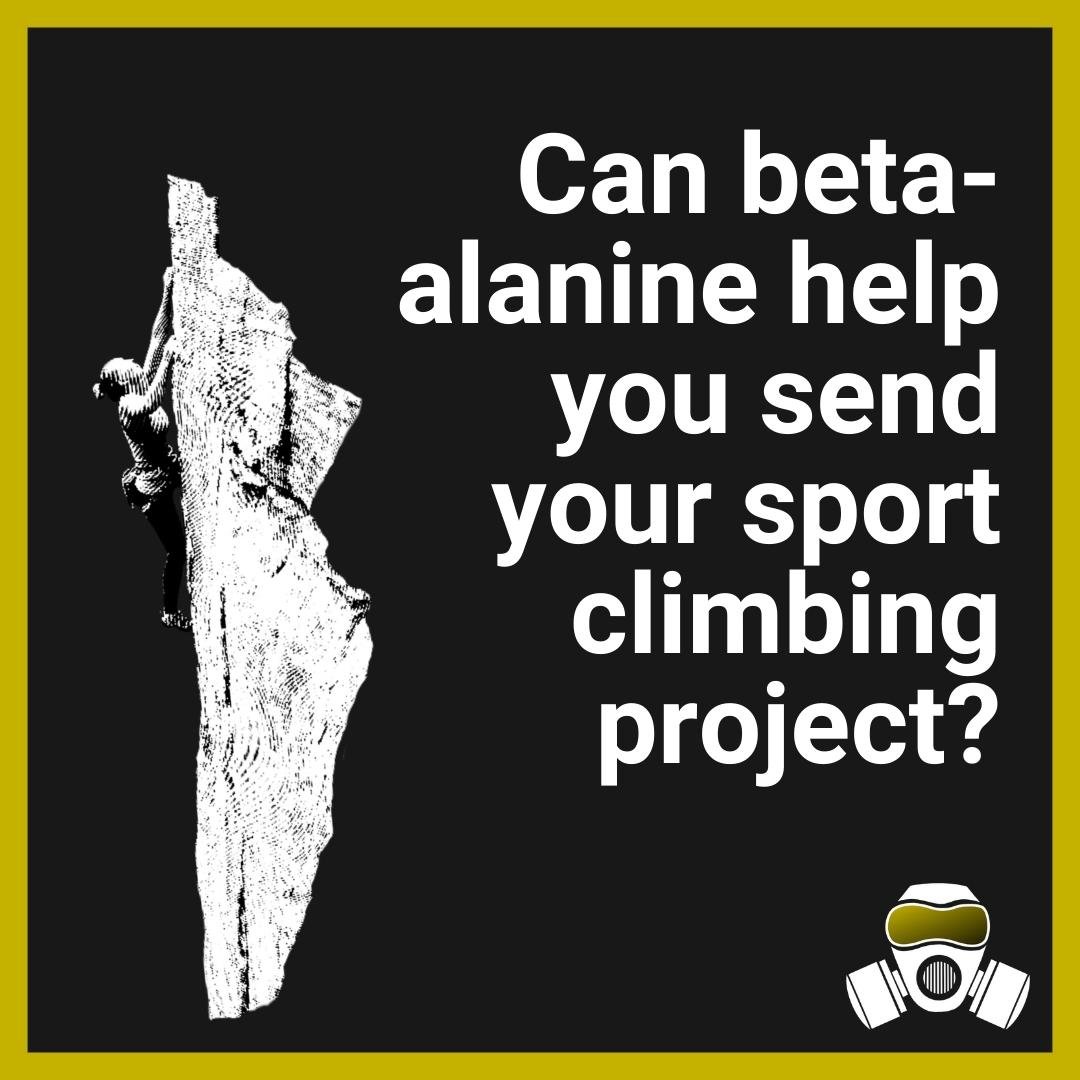



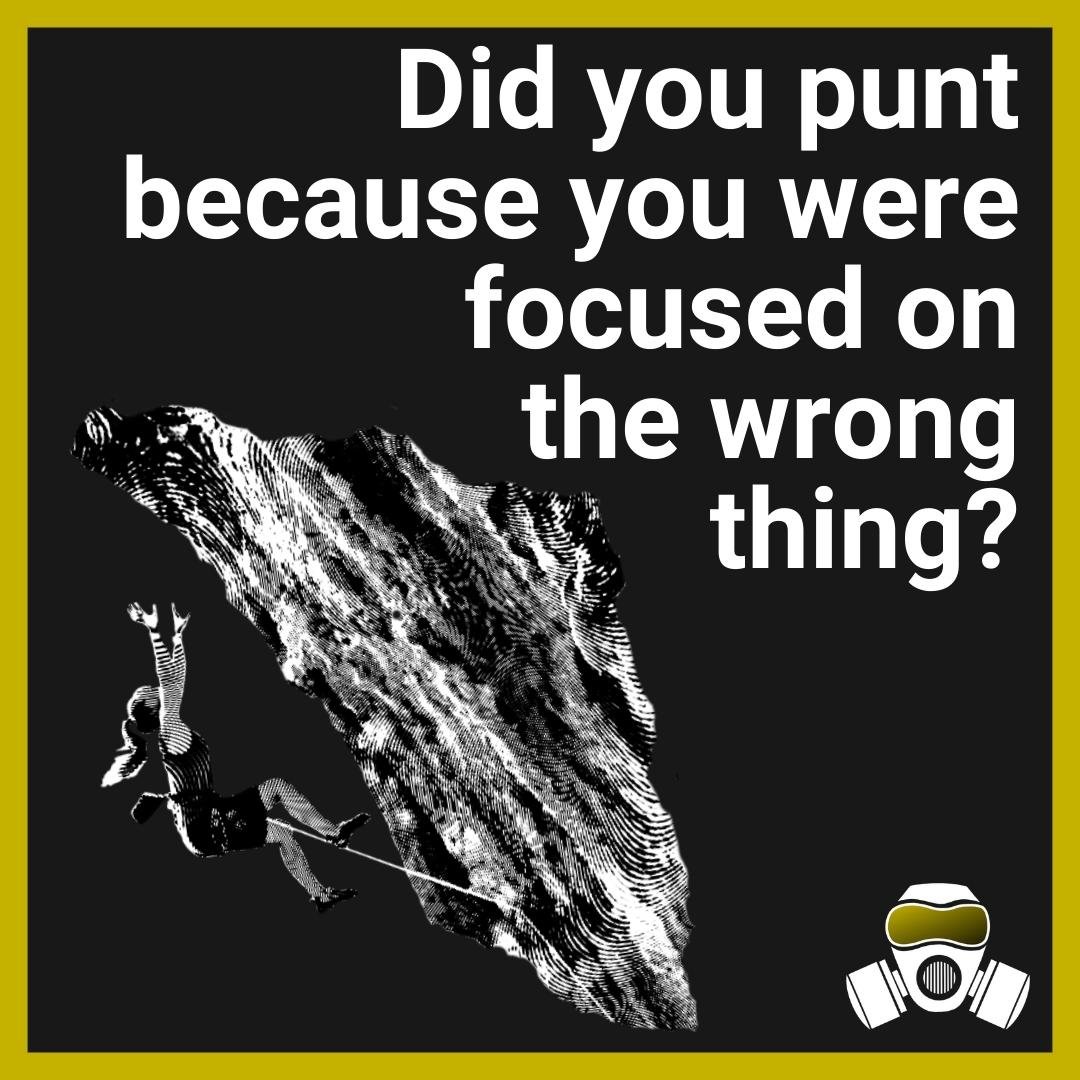

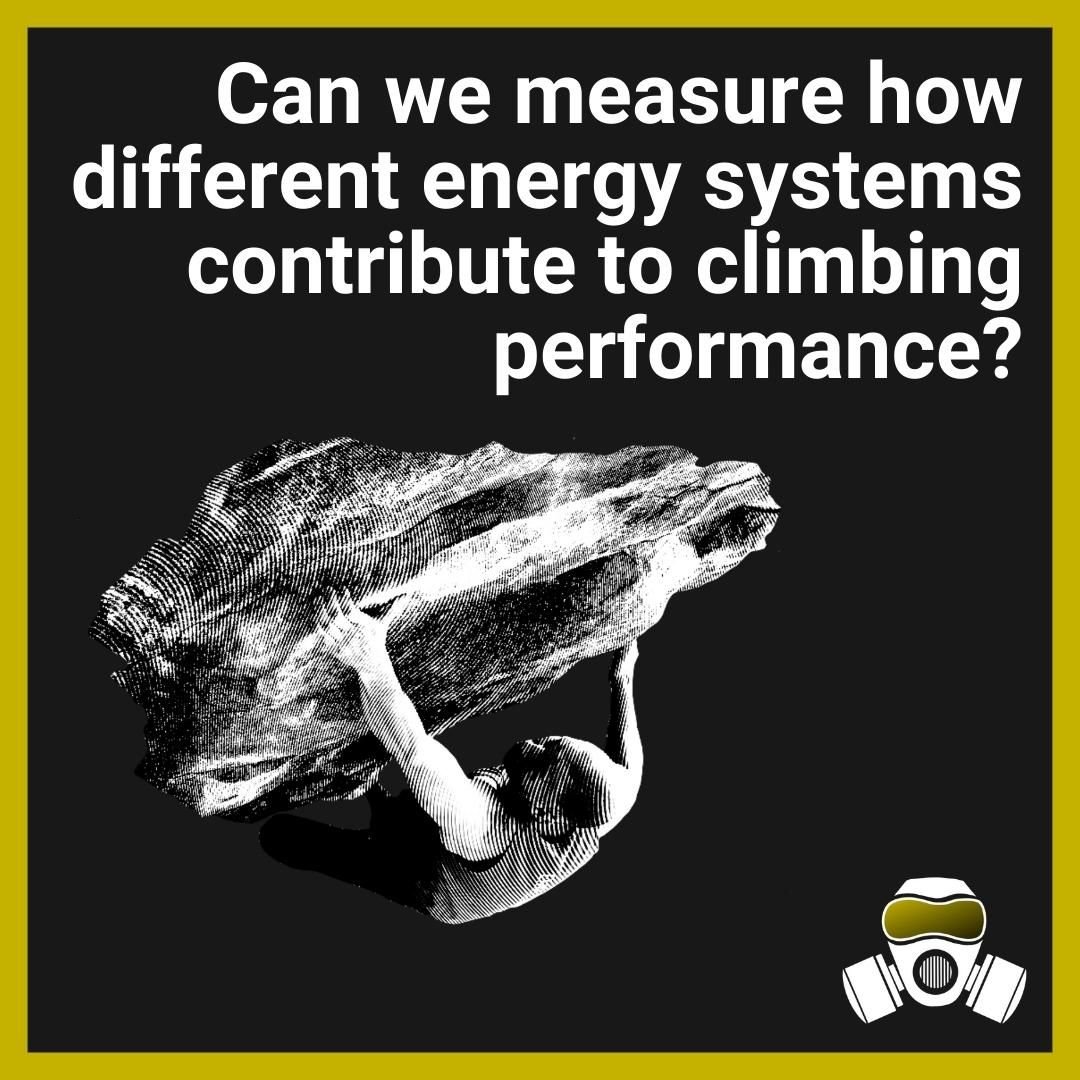

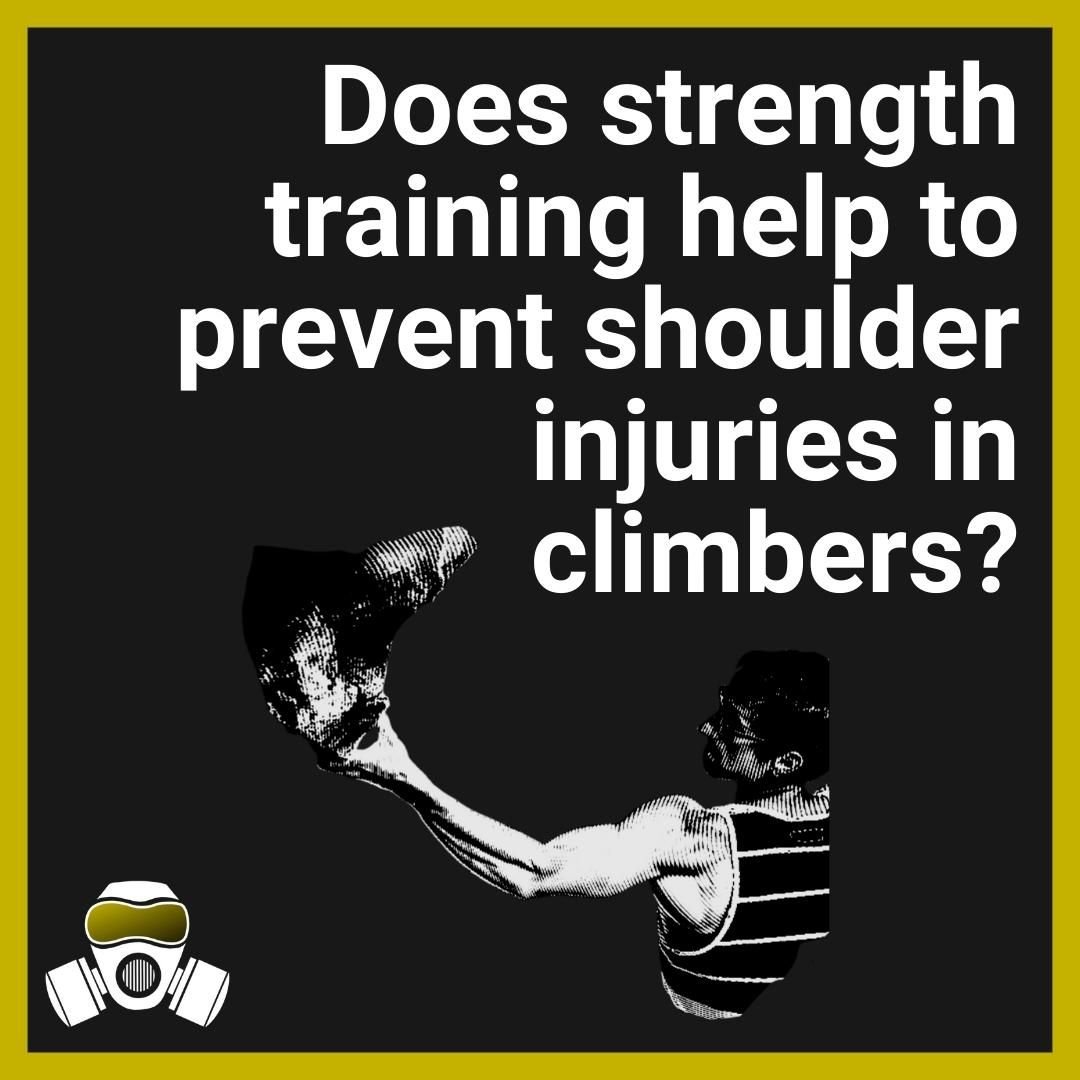









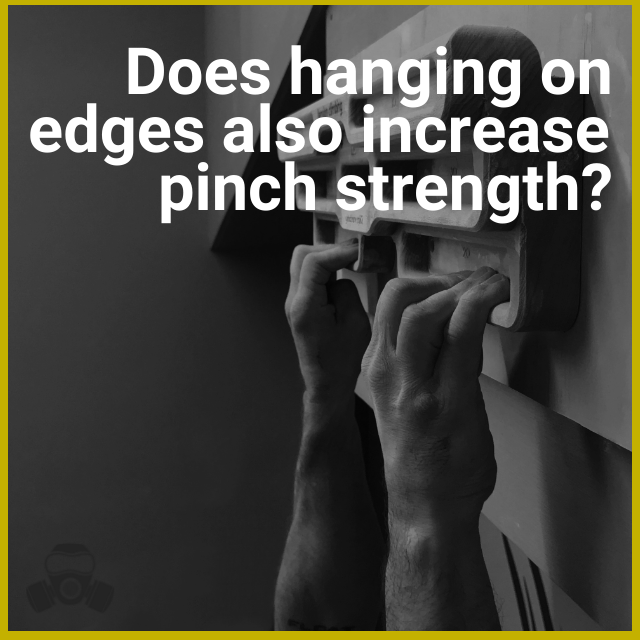
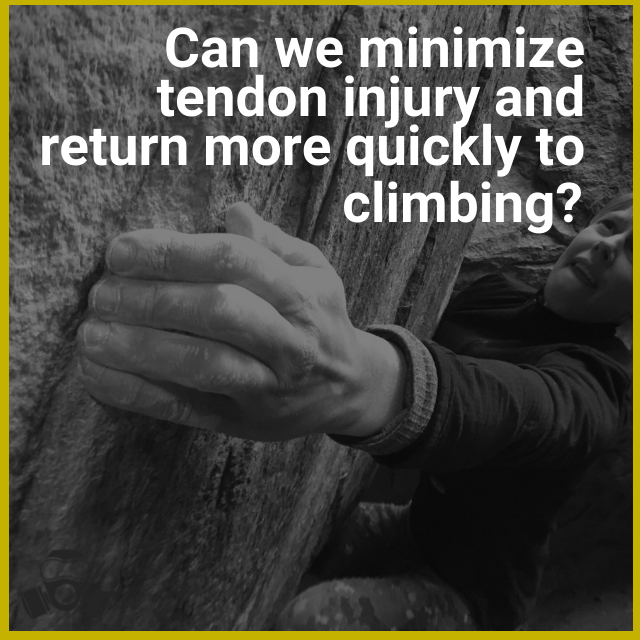
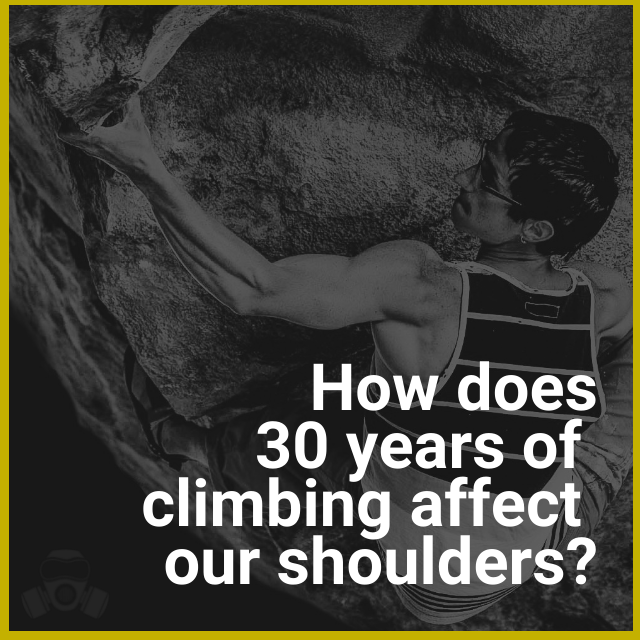








Kris and Paul dig into a paper that presents and then tests a method for measuring movement skills in sport climbing.